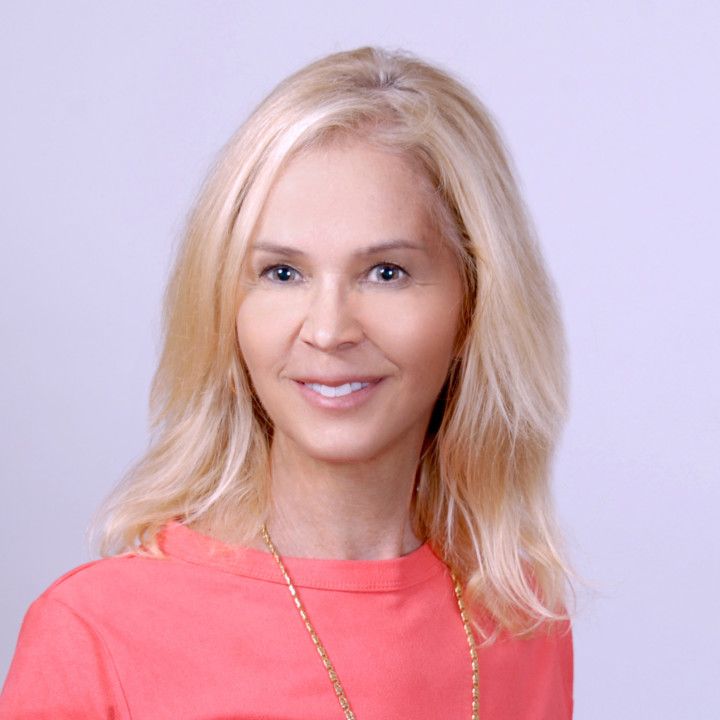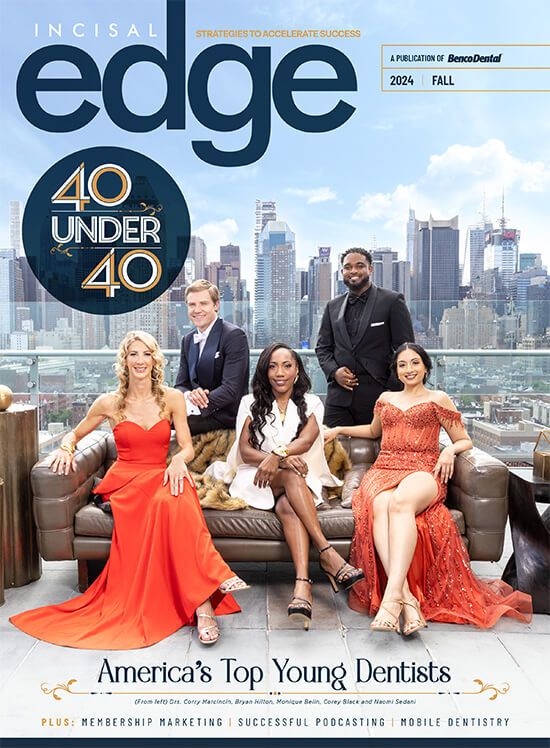For women dentists, there’s a way around the female-male pay discrepancy that could net you seven figures—if you’re willing to take control.
By Janice Luke, DDS

There’s another trend to take note of, though, one that isn’t moving in a positive direction: the gender discrepancy in ownership and earned net compensation. Let’s go back and get some context, because this trend is hardly unique to dentistry. According to the ADA Health Policy Institute, in 1990, male physicians made $187,000 on average compared to $97,000 for female doctors—a substantial disparity that still hadn’t closed significantly 10 years later, when average salaries were $235,000 for men and $145,000 for women. There’s plenty of speculation as to why. Some suggest that women simply approach salary negotiation differently than men; others say women focus more on quality of life at work than on salary. Regardless, with trends in overall gender pay gaps decreasing, female professionals with advanced degrees are still disproportionately lagging. One would conclude that this obvious problem would have been solved by now. Well, it hasn’t been.
A 2017 article in the Journal of the American Dental Association assessed the gap in average net income per hour between female and male dentists across three groups: those between five and nine years after graduation, those 10 to 19 years and those 20 or more years out of school.
Female dentists five to nine years post-graduation saw a 37 percent discrepancy in net hourly income. That raises some serious questions for women reading this: Did your education cost 37 percent less than that of your male counterparts? Were you trained 37 percent less for the first nine years of your career? The situation isn’t much better with older dentists. For those in the 10-to-19 group, the net hourly discrepancy drops, but only to around 20 percent less, and picks back up to 25 percent for the 20-plus segment.
Interestingly, these statistics coincide with lagging numbers of female dental-practice owners. In 2017, the ADA Health Policy Institute reported that 20.7 percent fewer females than males owned their own practice, and this is decreasing.
That needs to change. Taking control by owning your practice gives you more power to close that 37 percent pay gap. Here’s one hypothetical way of looking at it: If you’re an employee currently earning $160,110 per year, and you’re able to transition to become an owner who earns $208,463 annually, you’re picking up an additional $1,208,833, roughly, over the length of a 25-year career. Now, obviously, 37 percent is an average, pay gaps vary and so on, but as long as any disparity exists, the only sure way around it is to control your own destiny.
Dentistry is an amazing career—a profession that gives you the freedom to be independent and financially successful, and enjoy a lifestyle reflective of your personal goals. Ownership grants even more power to dictate earnings and lifestyle on your own terms. Being in control financially also lets you choose to work as much or as little as you desire. It’s time to reverse the ownership trend and increase net income for women in dentistry.
JANICE LUKE, DDS is a former practice owner with 26 years of clinical experience. A graduate of the University of Michigan School of Dentistry, she completed a General Practice Residency program through the University of Miami School of Medicine at Jackson Memorial Hospital. She now specializes in dental practice acquisitions for Doctor’s Choice and is a licensed real estate agent in Florida. Dr. Luke and Doctor’s Choice are part of the Benco Dental Practice Solutions network of partner brokers.



